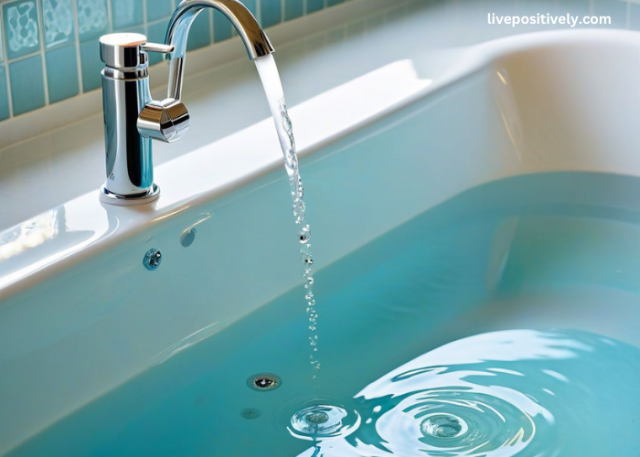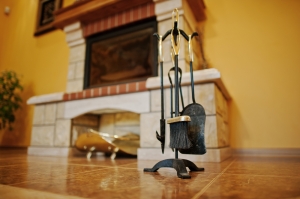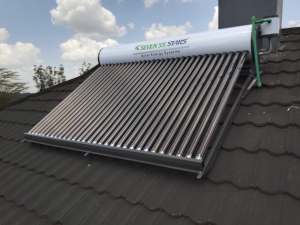Slow water draining in a sink or bathtub is a massive hassle creating a significant nuisance in daily existence. The causes of the problem can be different, but since it is a problem, the reasons must be fixed, the method of solving the problem must be identified, and the conditions that contributed to the development of the issue should not prevail again.
Causes of slow drainage:
- Clogged siphon: The most frequent reason is hair, soap scum, oil, and other small objects remaining in the siphon, which shaped a clog to stop the water from being drained.
- Clogged pipe: If the blockage is not limited to the siphon assembly, it may be further down the sewer pipe.
- Deflection of the pipe: Incorrect slope or bending of the pipe can cause water stagnation, which slows down its drainage.
- Scale build-up: Over time, a layer of scale builds up on the pipe walls, narrowing the pipe's opening and slowing the flow of water.
Ways to fix the problem
To fix a slow drain, you should first look for a siphon. The most effective method is to disassemble it. First, unscrew the parts, clean them of dirt, and rinse them with hot water. If the problem is deeper, a plumbing cable can help, allowing you to reach remote blockages. An alternative is to use special chemicals for pipe cleaning that dissolve organic deposits.
If the blockage is in the pipes, a plunger can help with shallow problems. By creating pressure drops, it allows you to free the pipes from debris. For deeper or more complex blockages, a plumbing cable will again come in handy. In serious situations, you can use the hydrodynamic method. This professional approach involves supplying water under high pressure, effectively cleaning pipes even from stubborn blockages.
Sometimes, the problem may be caused by an incorrect slope of the pipe or its deflection. In this case, you must replace the pipe or adjust its position. To remove limescale on the pipe walls, you can use special products or seek help from specialists.
Superior Plumbing and Heating specializes in removing blockages and repairing plumbing systems: https://superiorplumbing.ca/toronto/. Their experts will quickly diagnose the cause of a slow drain using state-of-the-art equipment and fix the problem without risking damage to your pipes or other system elements. Superior Plumbing and Heating also offers preventive cleaning services to avoid future troubles. By contacting them, you will receive a professional approach, quality assurance, and confidence in the reliability of your plumbing system.
Prevention
Regular maintenance will help you avoid serious sewer problems. Clean the siphon at least once a month, even if there are no visible problems. Install a strainer over the drain to trap hair and small debris for added protection. Proper sewer system handling is equally important. Avoid draining grease, food debris, or harsh chemicals that can damage pipes. Following these simple rules will help significantly reduce the risk of blockages. The plumbing system is directly connected to the boiler, so it is important to notice problems not only with the tap in time, but also to carry out a boiler repair Toronto if necessary.
Sometimes, slow drainage can be a symptom of more serious problems with the sewer system, such as deep clogs, damaged pipes, or sediment buildup in hard-to-reach areas. Attempts to solve such issues on your own can make the situation worse: improper use of chemicals or tools can damage pipes, and insufficiently thorough cleaning will leave the problem unsolved. Therefore, it is important to contact professionals with the experience, tools, and knowledge to solve the problem properly.
Slow water drainage should be addressed immediately. The sooner you clear the blockage, the easier it is to do so. Regular cleaning and adherence to the operating rules will help avoid the problem's recurrence. Be sure to call a professional if the situation gets out of hand.
Conclusion
Slow water draining in a sink or bathtub can be a significant discomfort, but the problem can be solved quickly and effectively if you act correctly. The most common causes include clogged siphons, pipes, or scale buildup, and in severe cases, the problem may be due to improper piping. You can use mechanical or chemical tools such as a plunger, plumbing cable, or special pipe cleaners for mild clogs. In serious cases, professional methods are required, such as hydrodynamic cleaning. Regularly cleaning the siphon, using strainers to protect it from small debris, and avoiding draining fats or corrosive substances significantly reduce the risk of blockages. If the problem is not solved independently, it is important to contact professionals with the experience and equipment to diagnose and remove blockages without harming the pipes. A timely detection and resolution of the problem will help you avoid major troubles, maintain the efficiency of your plumbing system, and ensure comfort in your home.






